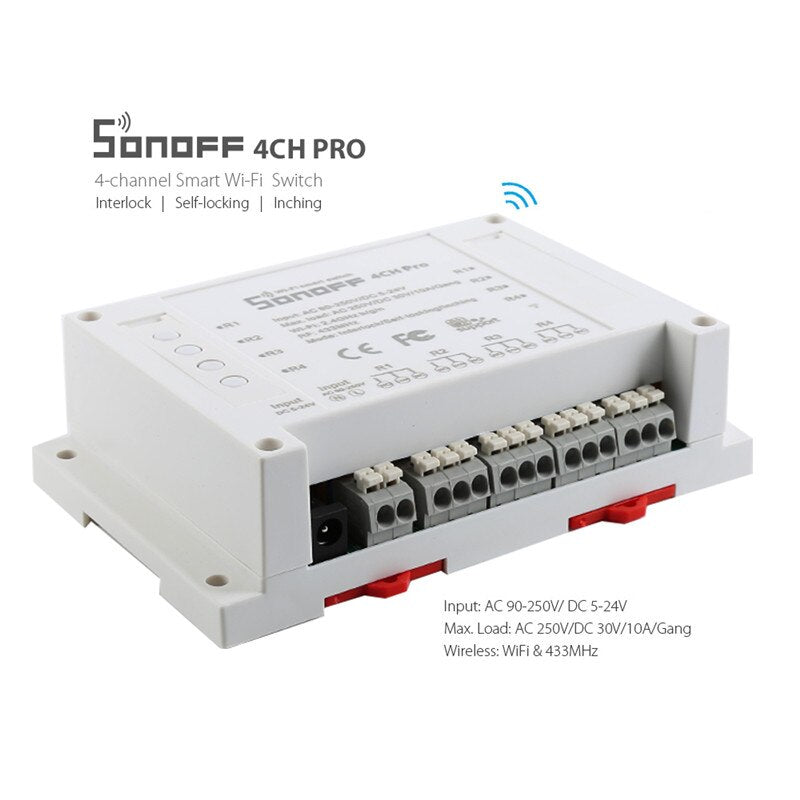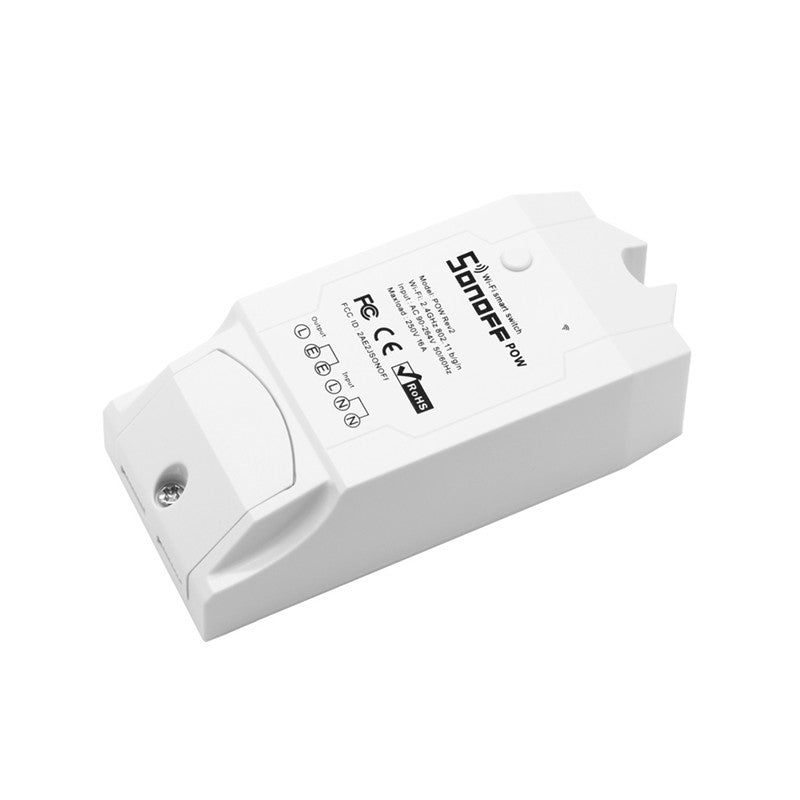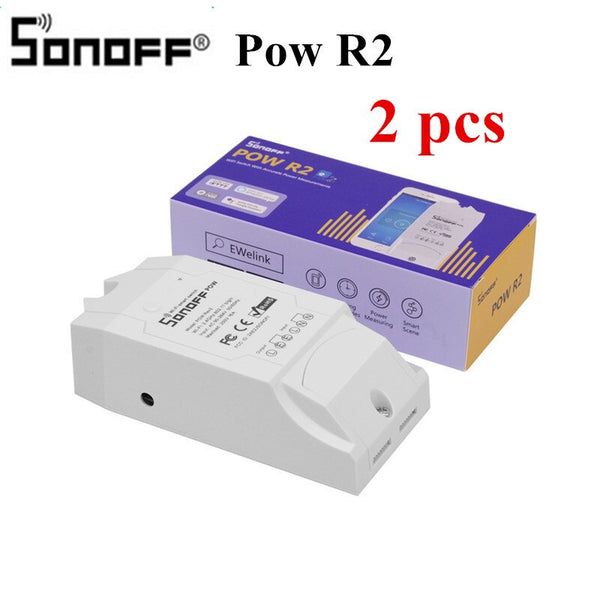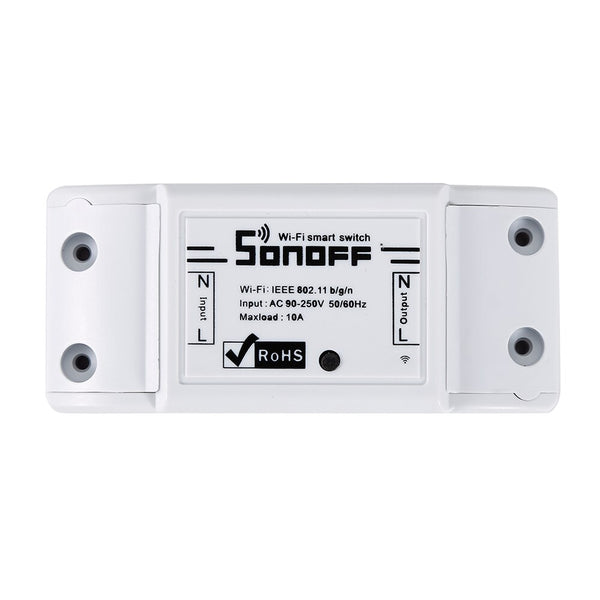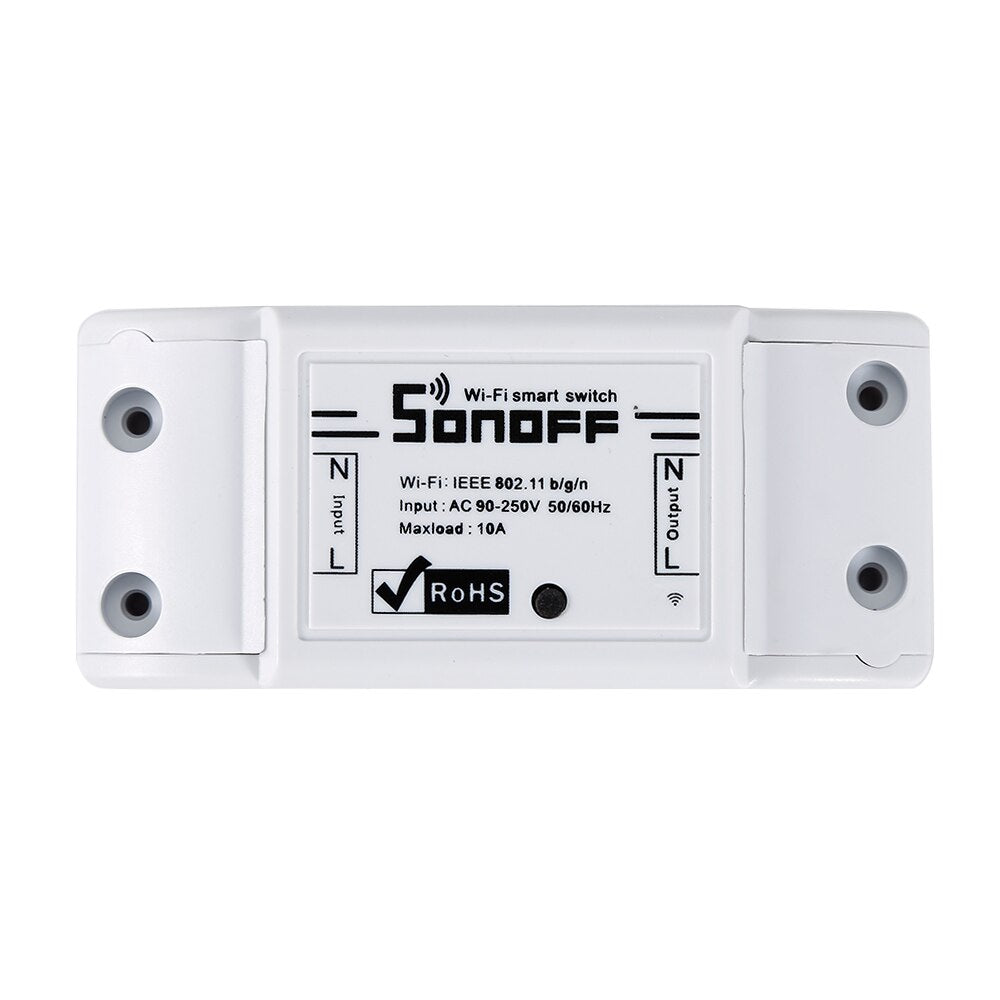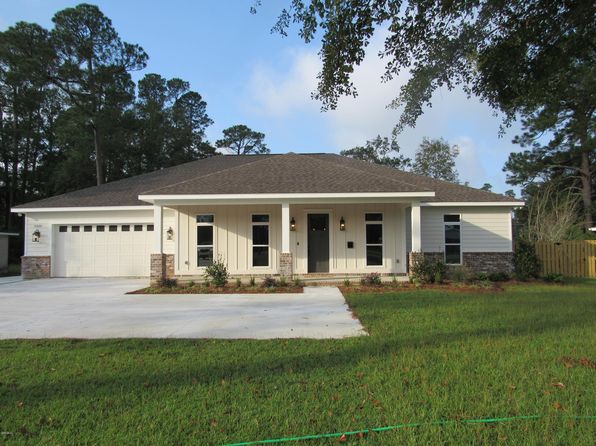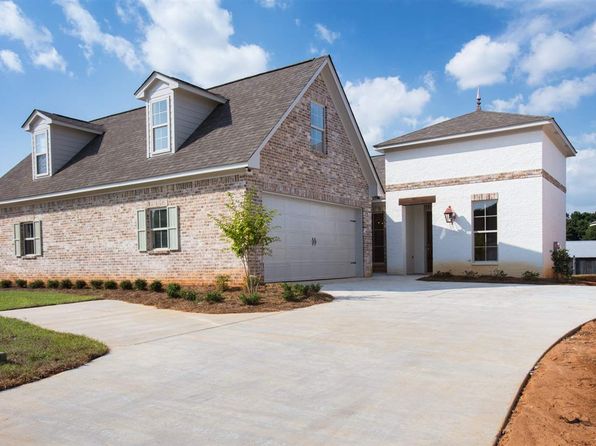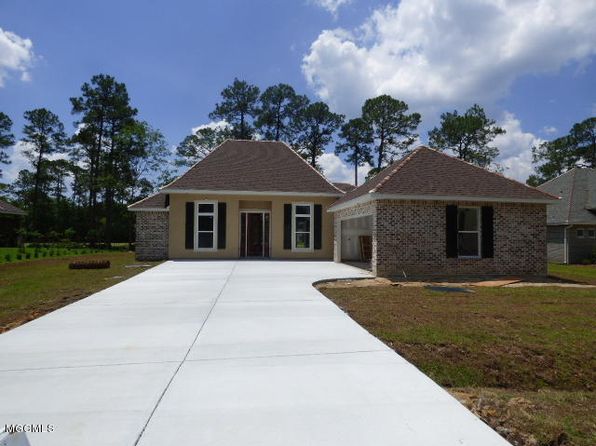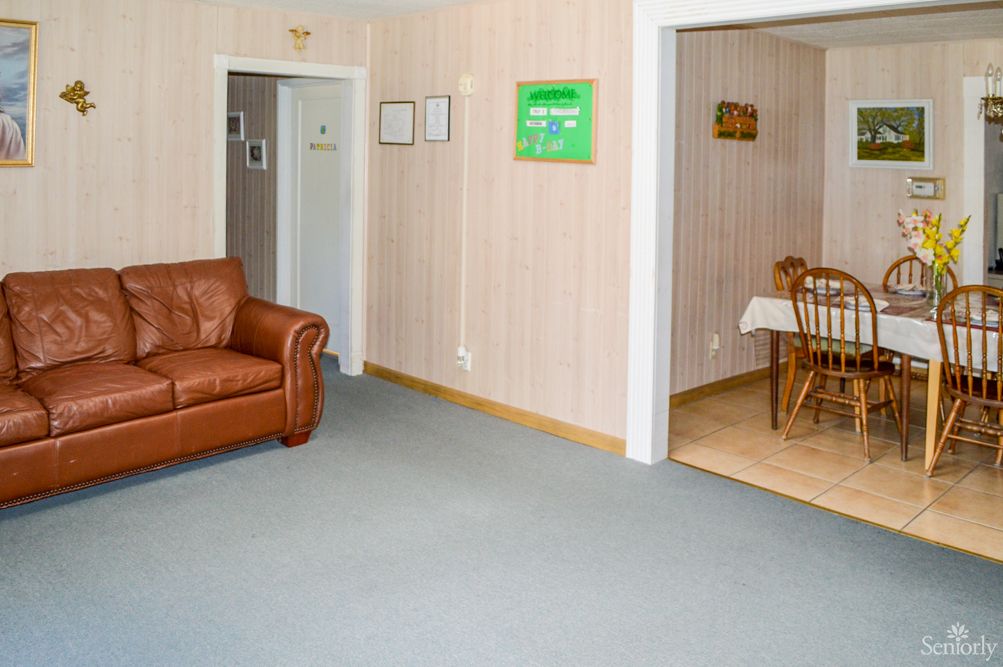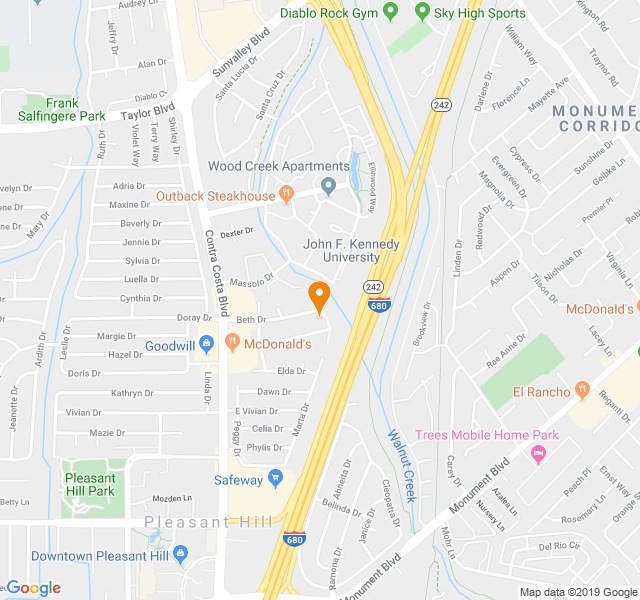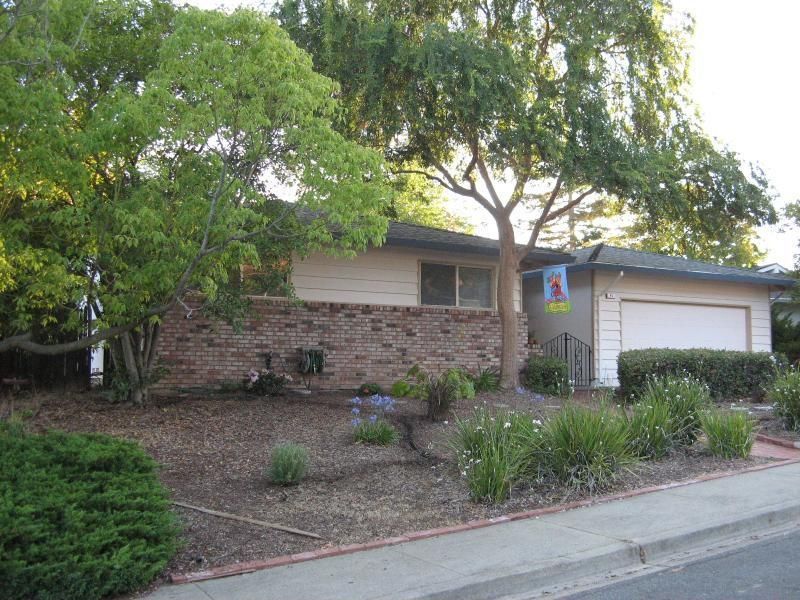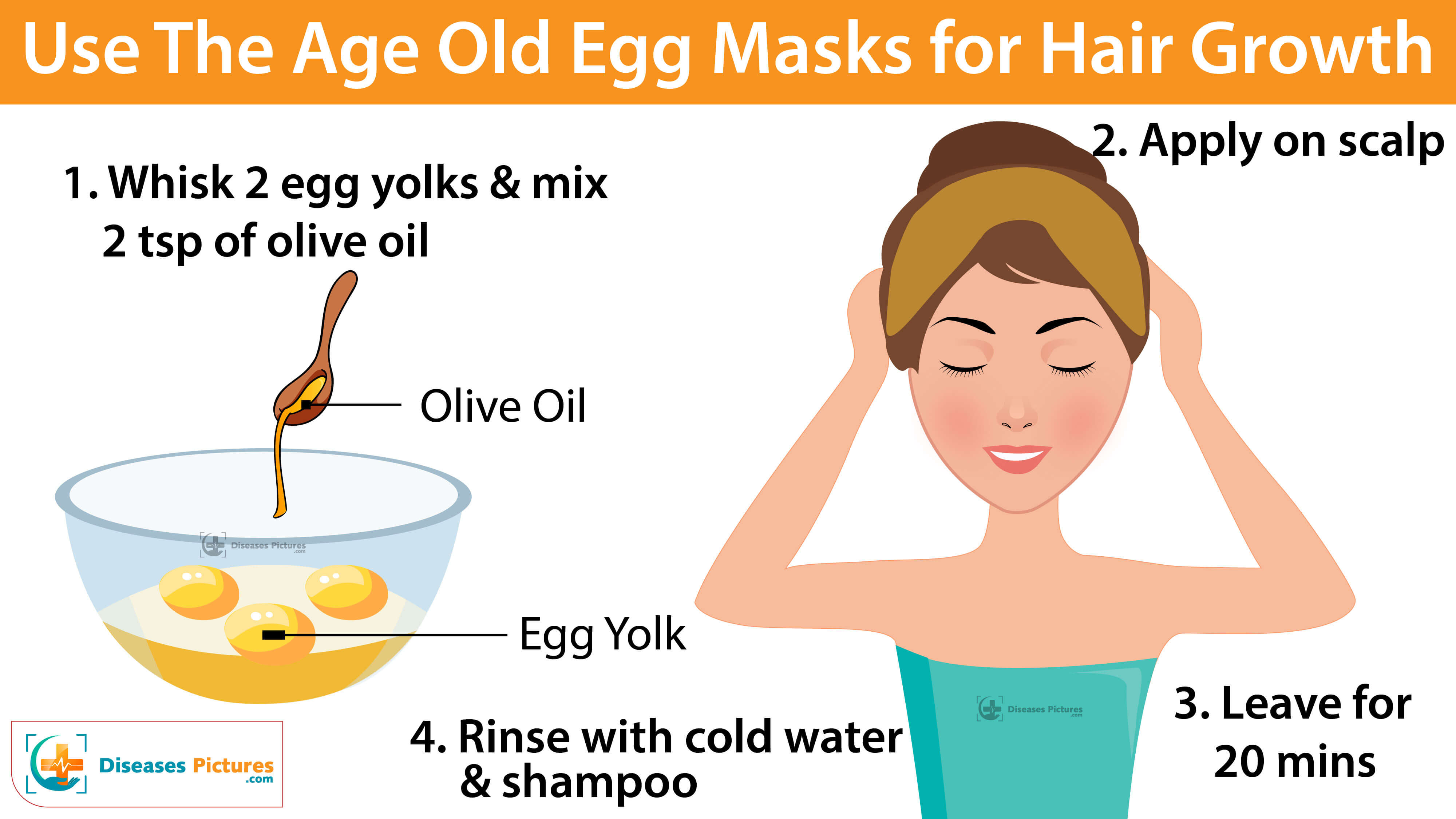Table of Content
Therefore, we adaptively compute the gain coefficients by minimizing the error between the spectral degraded MS and PAN images. Finally, after the injection of spatial details obtaining from the PAN image, fused images are produced. Experimental results reveal that the IFIOT method can give good fusion results and the spectral information is preserved well. An image is encoded by an electronic analog to multiple scans of the exact image at different resolutions in progressive transmission. Progressive image decoding results in a preliminary approximate reconstruction of the image, followed by successively better images whose adherence is gradually built up from succeeding scan results at the receiver side. Additionally, image compression reduces the amount of data needed to describe a digital image by eliminating extra data, ensuring that the image processing is finished and suitable for transmission.
At last, we also write the correlative software with c++, which applying the digital image processing algorithms, and give out the processing result of several classic TEM image of graphene. This project is an outline for an automatic system to control and secure the home, based on digital image processing with IoT, which consists of a sensor, a camera, and a web application. Information fusion collected from multi-sensor has been widely used in various fields, such as intelligent industry, intelligent agriculture, intelligent transportation, and intelligent environmental protection.
A Smart IoT Security System for Smart-Home Using Motion Detection and Facial Recognition
The number of frames or photos in a video per minute and the calibre of each frame employed determine the video's quality. Noise reduction, detail improvement, motion detection, frame rate conversion, aspect ratio conversion, and color space conversion, are all aspects of video processing. Televisions, VCRs, DVD players, video codecs, and other devices all use video processing techniques. Image processing can be employed to enhance an image's quality, remove unwanted artifacts from an image, or even create new images completely from scratch. Here, the terms "image sharpening" and "restoration" refer to the processes used to enhance or edit photographs taken with a modern camera to produce desired results.

In this paper, multi-sensor image fusion, multispectral and panchromatic images, is studied, and the fused images are used in target detection, recognition, and classification. However, traditional methods based on an injection model generally consider the MS images as a whole to compute the spectral weights. They ignore the local information of MS images and produce some spectral distortions, because for different objects, the spectral response will be different.
Recognition of Topology Feature of Graphene by Image Processing Technique
With the development of information technology, the Internet of Things has the characteristics of strong permeability, large use of action, and good comprehensive benefits. It promotes the development of the IoT technology in the detection of structural engineering. It is conducive to the development of intelligent, refined, and networked structures.

We therefore ask you to help us speed up the process by thoroughly preparing for your outbound and return trips. Srinivas is a Marketing professional at Softnautics working on techno-commercial write-ups, marketing research and trend analysis. He is a marketing enthusiast with 6+ years of experience belonging to diversified industries. Experimental results show that spatially adaptive wavelet thresholding yields significantly superior image quality and lower MSE than optimal uniform thresholding.
What Is Semantic Scholar?
It offers functionalities like work on multiple parallel processors, cross platform, GPU configuration, and support for a range of neural network algorithms. Artificial intelligence and Machine Learning algorithms usually use a workflow to learn from data. To start, AI algorithms require a large amount of high-quality data to learn and predict highly accurate results. As a result, we must ensure that the images are well-processed, annotated, and generic for AI/ML image processing. From there, computer vision can be used to process, load, transform, and manipulate images to create an ideal dataset for the AI algorithm.

Image processing is used in pattern recognition to identify the items in an image, and machine learning is then used to train the system to recognize changes in patterns. Pattern recognition is utilized in computer assisted diagnosis, handwriting recognition, image identification, character recognition, etc. A reduced-complexity version of the proposed digital image halftoning technique is demonstrated and results show that the quality of the halftone images is comparable to that of the state-of-the-art toggle/swap algorithm.
Digital image processing algorithms takeadvantage of the datasets, enabling the development of dental applicationssuch as tooth, caries, crown, prosthetic, dental implant, andendodontic treatment detection, as well as image classification. Thegoal of image classification is to comprehend it as a whole and classifythe image by assigning it to a specific label. This work presentsthe proposal of a tool that helps the dental prosthesis specialist toexchange information with the laboratory. The proposed solutionuses deep learning to classify image, in order to improve the understandingof the structure required for modeling the prosthesis.
According to a report published by Data Bridge Market Research analyses, the image processing systems market is expected to grow at a CAGR of 21.8%, registering a market value of USD 151,632.6 million by 2029. The functional evolution of intelligent building systems is reviewed and the diversification of intelligent buildings and intelligent building management are also discussed. A reduced-complexity, one-pass, delayed-decision algorithm that systematically reduces the size of the search space, while also preserving its structure is proposed.
Historical data show that the safety accidents caused by cracks account for more than 90% of the total bridge disasters. After a long period of engineering practice and rigorous theoretical analysis, it was found that 0.3 mm is the maximum allowable for bridge cracks. If the width exceeds the limit, the integrity of the bridge will be destroyed, and even a collapse accident will occur. Therefore, it is very important to identify cracks in bridge structure effectively and provide effective information for structural disaster reduction projects in time. On this basis, this paper also studied a digital and intelligent bridge crack detection method to improve the efficiency of bridge safety diagnosis and reduced the risk factor.
This paper provides a security system based on Image Processing, which does not only inform the host side at the runtime through alarm but also detects and tracks the present situation by locating the target. The waiting times for this flight have not yet been determined or are not available. Semantic Scholar is a free, AI-powered research tool for scientific literature, based at the Allen Institute for AI. A prototype of the security guard system for the buildings, which utilizes an autonomous mobile guard robot, which is a wheel type autonomous robot, is developed and used at a TV broadcasting station for testing and evaluation. This paper combines the above two methodologies and proposes a simple, cost effective, two-layered system that makes sure that only personnel recognized by owner database are given permission, limiting intrusions to a large probability. Although we do everything possible to prepare for the crowds, there may be waits at various points of your journey through the airport.
Digital signal processing and analog-to-digital conversion are combined with one or more video cameras. For instance, specialized machine vision image processing methods can frequently sort parts more efficiently when tactile methods are insufficient for robotic systems to sort through various shapes and sizes of parts. These methods use very specific algorithms that consider the parameters of colors or greyscale values in the image to accurately define objects’ outlines or sizing.

First, the collected bridge crack photographs were preprocessed, the bridge crack convolution neural network classification model was established, and the model was simulated and trained using MATLAB. The simulation results showed that the overall accuracy rate was greater than 90%. Medical practice in general, and dentistry in particular, generatesdata sources, such as high-resolution medical images and electronicmedical records.
The system based on the presented model has capabilities to replace the faulty devices in order to improve the efficiency and robustness for the implementation of security in smart homes. Intended to shorten the time it takes to get from a research prototype to commercial development, PyTorch includes features like a tool and library ecosystem, support for popular cloud platforms, and distribution training. The authors adopt the notions of signal set expansion, set partitioning, and branch labeling of TCM, but modify the techniques to account for the source distribution, to design TCQ coders of low complexity with excellent mean-squared-error performance.

Therefore, we propose a novel multi-sensor image fusion based on application layer of IOT to preserve the spectral information of MS images. In this method, local homogeneous areas are found first by superpixel segmentation. Due to good properties of superpixel, the homogeneous areas are uniform and contain only one kind of object. Then, we estimate the spectral weights for different bands on the homogeneous area.




